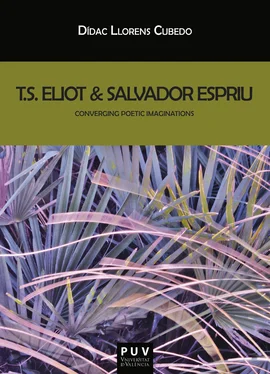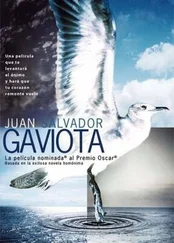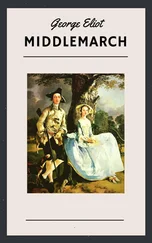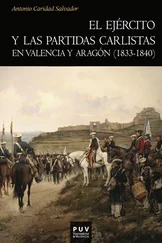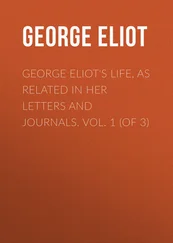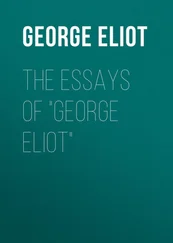10 Francesc Vallverdú, ‘Introduction,’ in Selected Poems of Salvador Espriu , ed. and trans. by Magda Bogin (New York: Norton, 1989), pp. xxv-xxxiii (p. xxv).
11 Antoni Batista, Salvador Espriu. Itinerari Personal (Barcelona: Empúries, 1985) p. 39. Batista opens his book on Espriu with an interesting quote from Umberto Eco: ‘Tant Joyce com Eliot m’havien ensenyat que l’art és la fugida de l’emoció personal’ (emphasis added). Espriu’s favourite works in the universal canon and his idea of tradition will be discussed in more detail in the conclusion of this study.
12 Espriu had probably read about Malcolm Knowles (1913-1997), a pioneer of adult education in the United States. Delor i Muns has identified Mrs Banks as the Victorian novelist Isabella Banks (1821-1897), who set her novel God’s Providence House in 17 thcentury Chester, in the context of the plague—hence the reference to the fleas that would have caused the disease to spread. She also sees, in Espriu’s poem, a parody of John Keats’ ‘La Belle Dame sans Merci’ (‘“La princesa del Iang-tsé,” de Salvador Espriu,’ Quaderns de Lavínia < http://quadernsdelavinia.org/wordpress/?p=1952> [accessed 21 August 2012] (para. 2 and 4 of 14). All these are examples of Espriu’s obscure and playful allusions.
13 Salvador Pàniker, ‘ Salvador Espriu dins Conversaciones en Catalunya ,’ in Enquestes i entrevistes, I (1933-1973) , ed. by Francesc Reina, 2 vols (Barcelona: Centre de Documentació i Estudi Salvador Espriu i Edicions 62, 1995), I, pp. 83-90 (p. 89). ( Enquestes i entrevistes is part of the Edició Crítica .)
14 Viorica Patea, ‘T. S. Eliot’s The Waste Land and the Poetics of the Mythical Method,’ in Modernism Revisited. Transgressing Boundaries and Strategies of Renewal in American Poetry , ed. by Viorica Patea and Paul Scott Derrick (Amsterdam – New York: Rodopi, 2007), pp. 91-110 (p. 93).
15 See Eugenio Maqueda Cuenca, La obra de Jaime Gil de Biedma a la luz de T. S. Eliot y el pensamiento anglosajón (Jaén: Universidad de Jaén, 2003).
16 See also Santiago Rodríguez Guerrero-Strachan, ‘Multiple Voices, Single Identity: T. S. Eliot’s Criticism and Spanish Poetry,’ in The International Reception of T. S. Eliot , ed. by Elizabeth Däumer and Shyamal Bagchee (London: Continuum, 2007), pp. 141-153. The author focuses on the works of Juan Ramón Jiménez, Luis Cernuda and Jaime Gil de Biedma. He also explains how the Barcelona literary scene played a decisive role in vindicating Eliot’s poetry and criticism and determining its reception in the whole of Spain.
17 ‘Fitxer de lectura de Salvador Espriu’ (Corpus Literari Digital), in Aula Màrius Torres < http://www.aulamariustorres.org/materials/manuscrits/_autors/espr/fitxer/index.php> [accessed 8 July 2010].
18 Albert Manent, ‘Enquesta: l’obra de T. S. Eliot a Catalunya,’ Serra d’Or , 4 (1965), pp. 67-69 (p. 67-68).
19 Víctor Martínez-Gil. ‘La mirada correctora d’Espriu sobre Ruyra,’ Indesinenter , 5 (2010), 17-42 (p. 19).
20 Harold Bloom, The Anxiety of Influence. A Theory of Poetry , 2 ndedn (New York: Oxford University Press, 1997), p. 7.
21 Eliot’s essay ‘Tradition and the Individual Talent’ will be alluded to at several points of the present study, especially in its conclusion.
22 T. S. Eliot, ‘Philip Massinger,’ in Selected Essays. New Edition (New York: Harcourt, Brace & World, Inc., 1964), pp. 181-195 (p. 182).
23 Susan Bassnett, ‘Introduction: What is Comparative Literature Today?,’ in Comparative Literature. A Critical Introduction (Oxford: Blackwell, 1993) pp. 1-11 (p. 1).
24 Ed Ahearn and Arnold Weinstein, ‘The Function of Criticism at the Present Time. The Promise of Comparative Literature,’ in Comparative Literature in the Age of Multiculturalism ed. by Charles Bernheimer (Baltimore and London: The Johns Hopkins University Press, 1995), pp. 77-85 (p. 79-80).
25 Gerald Gillespie, ‘Newer Trends of Comparative Studies in the West,’ in Aspects of Comparative Literature. Current Approaches , ed. by Chandra Mohan (New Delhi: India Publishers and Distributors, 1989), pp. 17-34 (p. 31).
26 The Norton Anthology of Theory and Criticism , ed. by Vincent B. Leitch (New York / London: Norton, 2001), p. 1444.
27 Carl Gustav Jung, ‘On the Relation of Analytical Psychology to Poetry,’ in The Norton Anthology of Theory and Criticism (see previous note), pp. 990-1002 (p. 994).
28 Elizabeth Drew, ‘T. S. Eliot: Mythical Vision,’ in Jungian Literary Criticism , ed. by Richard P. Sugg (Evanston, IL: Northwestern University Press, 1992), pp. 9-20 (pp. 14-15, 20).
29 Magda Bogin, ‘Translator’s Preface,’ in Selected Poems of Salvador Espriu (see Vallverdú, above), pp. xv-xxiii (p. xx; emphasis added). Salom is Espriu’s poetic projection, an alegorical character embodying peace and taking his name from the Hebrew word.
30 Josep Maria Castellet, Iniciació a la poesia de Salvador Espriu, 3 rdedn (Barcelona: Edicions 62, 1984), pp. 20, 90.
31 See, for example, Maria Isabel Pijoan i Picas, Viatge per l’imaginari de l’obra de Salvador Espriu (Barcelona: Publicacions de l’Abadia de Montserrat, 1995), pp. 56, 81-82.
32 For further details about these and other approaches, see D. Gareth Walters, ‘Critical Approaches and Methodologies,’ in The Poetry of Salvador Espriu. To Save the Words (Woodbridge: Tamesis, 2006), pp. 19-29.
33 Evelyn J. Hinz and John J. Teunissen, ‘Culture and the Humanities: The Archetypal Approach,’ in Jungian Literary Criticism (see Drew, above) pp. 192-199 (p. 193).
34 Northrop Frye, ‘The Archetypes of Literature,’ in The Norton Anthology of Theory and Criticism (see note above), pp. 1445-1457 (p. 1449).
35 George H. Jensen, ‘Situating Jung in Contemporary Critical Theory,’ in Post-Jungian Criticism: Theory and Practice , ed. by James S. Baumlin, Tita French Baumlin and George H. Jensen (Albany: State University of New York Press, 2004) pp. 1-30 (p. 6).
36 Although Les cançons d’Ariadna was first published in 1949, the book was successively revised and enlarged by Espriu. We will quote from the last version of the book, containing 100 poems and appearing in 1980.
37 Nancy Duvall Hargrove, Landscape as Symbol in the Poetry of T. S. Eliot (Jackson: University Press of Mississippi, 1978), p. 15 (emphasis added).
Конец ознакомительного фрагмента.
Текст предоставлен ООО «ЛитРес».
Прочитайте эту книгу целиком, купив полную легальную версию на ЛитРес.
Безопасно оплатить книгу можно банковской картой Visa, MasterCard, Maestro, со счета мобильного телефона, с платежного терминала, в салоне МТС или Связной, через PayPal, WebMoney, Яндекс.Деньги, QIWI Кошелек, бонусными картами или другим удобным Вам способом.
